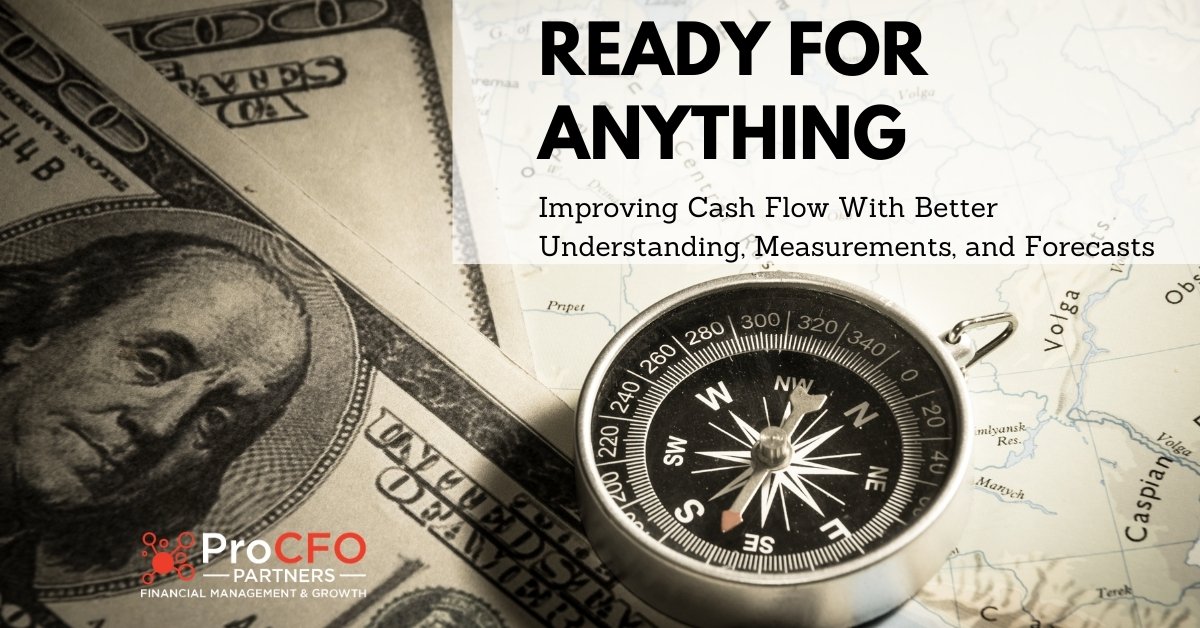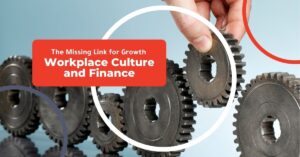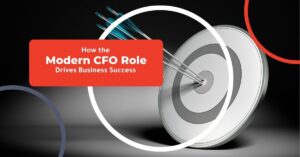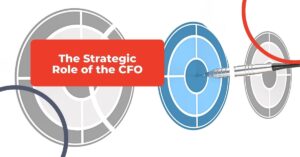Ready For Anything: Improving Cash Flow With Better Understanding, Measurements, and Forecasts
Sep 9, 2020
Cash runs businesses. Not profits. Yet most of us have ample reporting at our fingertips describing profitability. And when profitability is increasing – often leading to new expenses and investments like hires, materials or resource costs – we can find ourselves with declining cash reserves. Business leaders can be caught flat-footed when agility is required – agility that comes from preparation and understanding.
Cash Flow Metrics
To better understand your cash flow, you need to understand what’s happening with your receivables and payables, in addition to aspects like how much inventory you have, how long it’s taking to collect from customers, or even vendor credit terms. When cash flow is impacted, you’re required to turn profits into cash more quickly if you can.
A Profit & Loss statement (P&L) only looks at revenues earned and expenses incurred over a defined period. It doesn’t take into account any payments you have on loans, or purchases of equipment or distributions made the partners or shareholders to pay taxes, or other influences to your cash position. This is the value of a cash flow statement.
The Cash Flow Statement
Many businesses simply don’t involve this valuable instrument in their regular reporting, leaving them blind to the day-by-day impacts to how the the business runs. A detailed Cash Flow Statement is where you’ll see exactly how your cash changed over a given period. If your receivables went up, inventory went down, the payments you’ve made on loans or credit cards or other other liabilities, or distributions in any investments made and kept in capital expenditures. What you find in a Cash Flow Statement provide insight to your cash conversion cycle.
Cash Conversion Cycle
Your cash conversion cycle is how long it takes to convert your investments in inventory and other working capital into cash. The shorter this cycle, and the more you can improve it, the faster your cash position can be strengthened. For instance, if a $10 million dollar business were to reduce their their average days of accounts receivable outstanding by even six days, this would yield cash flow improvement of approximately $160,000.
Cash Flow Forecast
A Cash Flow Forecast can project upcoming stress points. When a capable CFO reviews, analyzes, and distills all your cash drivers, they can help you prepare for lean times upcoming, answer critical questions about sustaining business, or deliver insight on funding growth initiatives. The cash flow forecast is not a budget. A budget is static, is something you usually produce annually, and you measure results against where you expect or hope your budget is at a given time. A cash flow forecast is like putting a point on a map, helping you look ahead and see what the road ahead has in store, ideally with pinpoint accuracy. If you can see that in four months you won’t have enough cash to pay vendors, you have time to improve collection from customers, restructure some payables, manage inventory differently, or any number of proactive responses.
Keeping Your Cash Flow Forecast Current
If things are often cash tight in your business, consider short term cash flow forecasts of a quarter or 13 weeks. Keep the cash flow forecast updated weekly or daily if necessary. For small or medium businesses, if your largest customer suddenly changes their payment terms from 30 days to 45 or 60 days, a well kept cash flow forecast can help you be prepared with larger cash reserves or other strategies to help manage time and resources.


